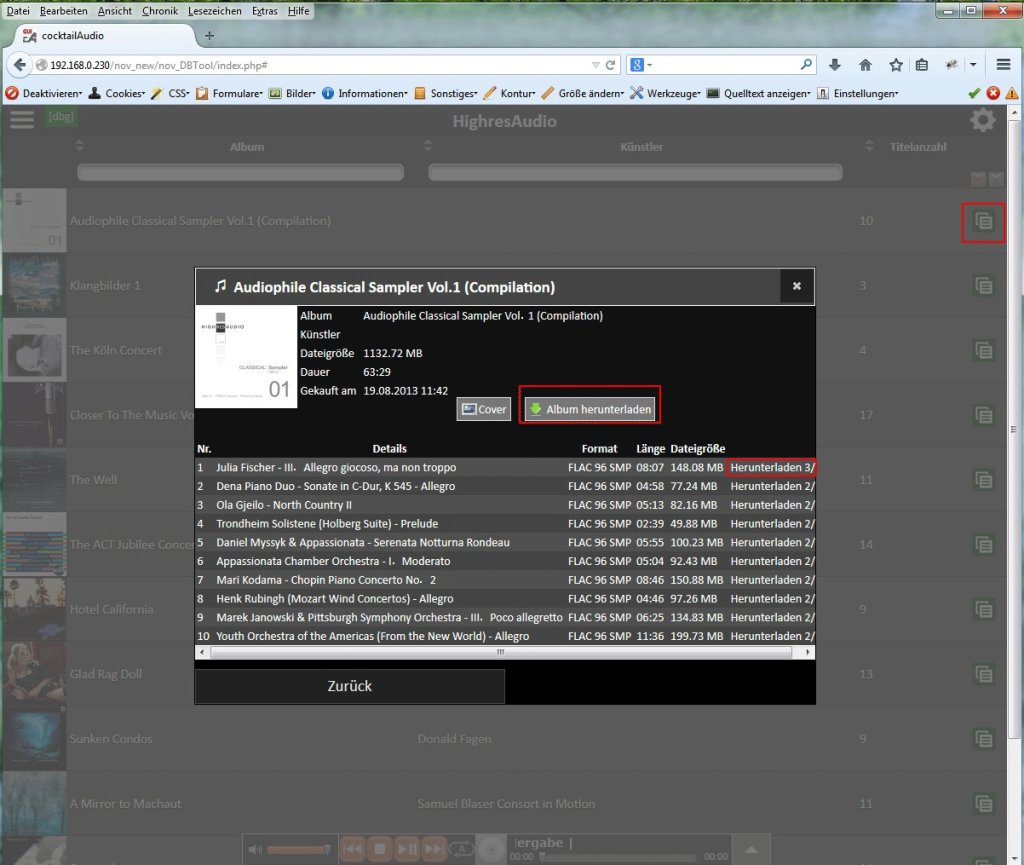
Go to Settings > Linux (Beta), select the “Turn On” button, and follow the on-screen instructions. To do this, you will have to first enable Linux on your Chromebook. Doing this allows you to host all your local files, like movies, TV shows, music, and more, on your Chromebook’s idle space and access them from any internet-enabled device. You can take advantage of this to transform your Chromebook into your very own cloud media storage. No matter how worn out your Chromebook is, chances are its storage is as responsive as ever. To get started with Chrome OS’s parental controls, drop by our detailed guide. You can even configure a daily bedtime schedule to limit your child’s exposure to the screen at night. Plus, Chromebooks come equipped with a set of parental controls so you can fine-tune your kid’s foray onto the web and remotely manage what they do on their computer, including the length of time and their activities. And since they don’t need as much computing power as you, your outdated Chromebook can be perfect for children. Hand it to your kid with parental controls onĬhrome OS’ approachable desktop experience is ideal for kids. Plug your Chromebook in to prevent its display from shutting off and lock the device to activate the screensaver.ģ. You can also head into “Google Photos” and specifically pick which albums it should use for grabbing new pictures. DLNA is a standard to facilitate access to multimedia content between devices connected within the same computer network. Note: It can take some time for VLC to discover and list all the folders and sub-folders from your UPnP and DLNA servers.To enable it, visit your Chromebook’s Settings app and, under Personalization, click “Screen Saver.” Toggle it on then, from the “Background” section, select the source for the slideshow.

It’s like sharing the media content that you have on your computer or phone to other devices without the need to copy and move files.

You can see televisions make use of this feature to access videos from your laptops and other devices supporting the standard.

UPnP and DLNA allow you to stream content over your local network.

The option is available in the View > Playlist section of the media player. VLC can easily access media from UPnP (Universal Plug and Play) as well as DLNA (Digital Living Network Alliance).


 0 kommentar(er)
0 kommentar(er)
